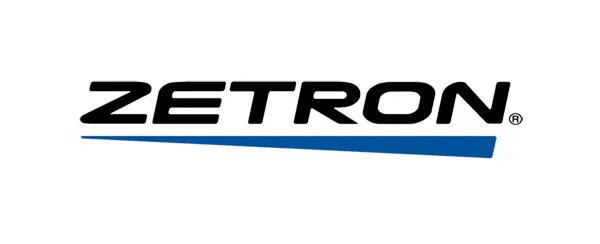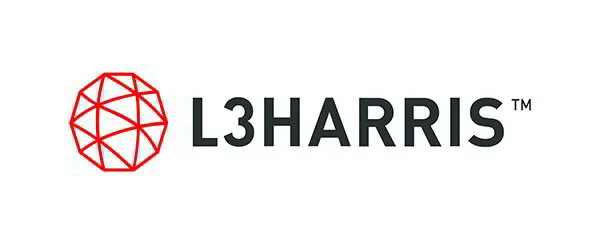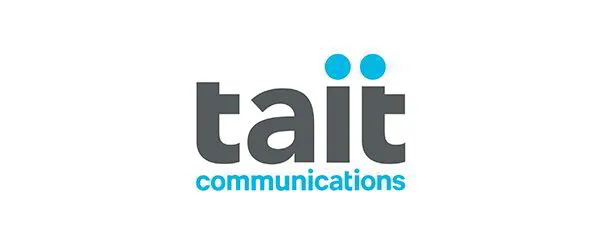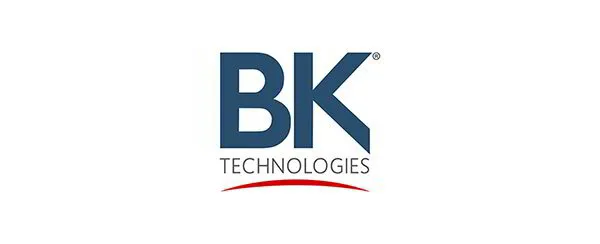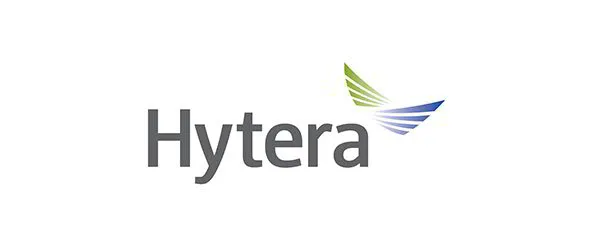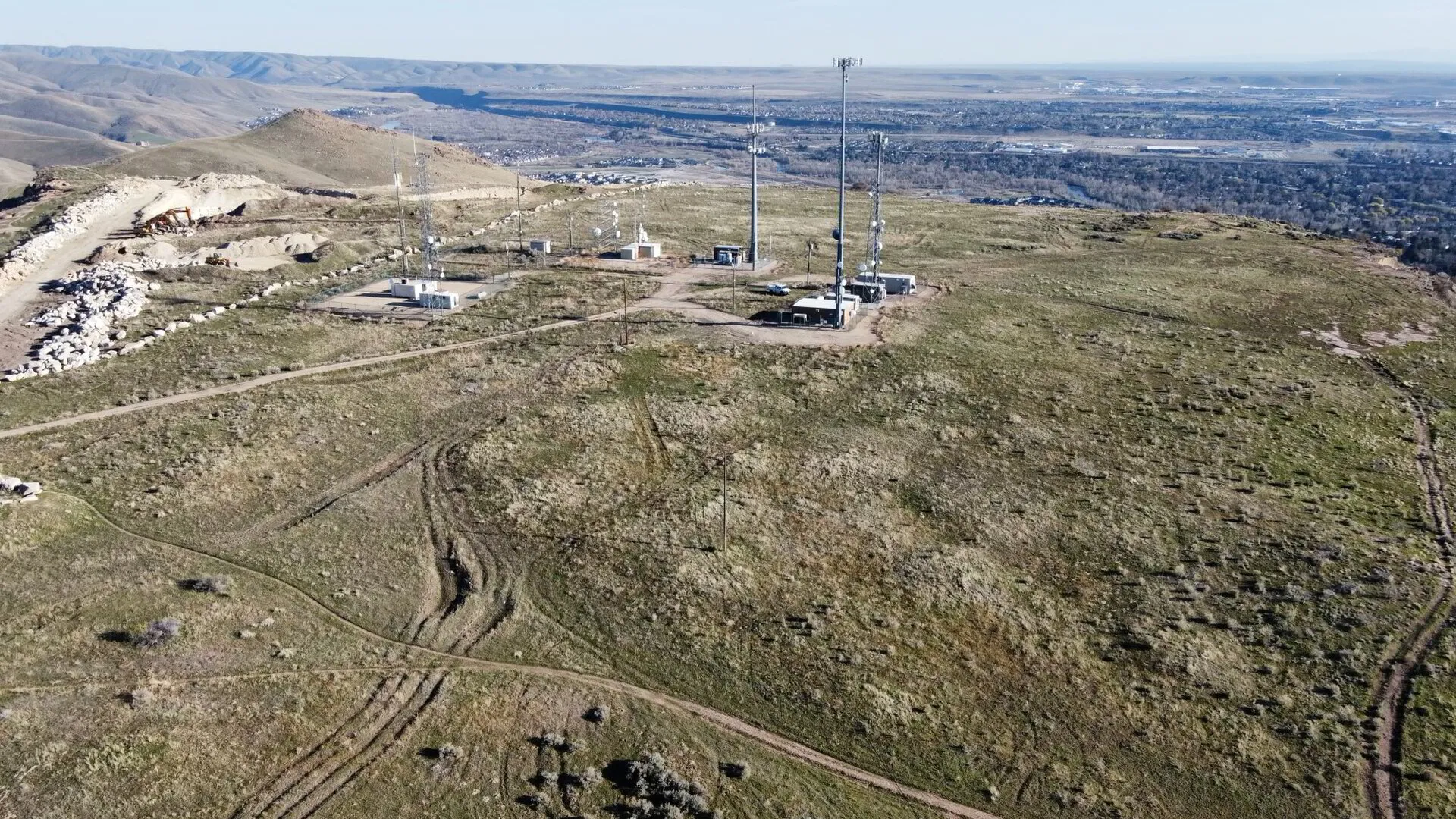
One of the Most Complete Communication Networks in the Northwest
White Cloud Communications Inc., an Idaho-based company with nearly 50 years of expertise, is headquartered in Twin Falls and operates satellite offices in Garden City, Burley, and Idaho Falls. We specialize in advanced two-way radio services, designing, developing, and delivering innovative solutions that boost productivity, enhance safety, and connect people in the toughest environments. Our mission is to provide seamless, reliable, and instant communication for businesses and communities across southern Idaho. With a focus on innovation, quality, and a customer-first mindset, we aim to be the trusted leader in wireless communication solutions.
Industries

The Importance of BDA DSA Verification
As a professional with over two decades of experience in the wireless communication industry, I can attest to the critical nature of BDA DSA Verification. This process ensures that building systems are compliant with regulatory standards, crucial for public safety and communication interoperability. My work at White Cloud Communications has shown me firsthand how BDA (Bi-Directional Amplifier) systems can either enhance or hinder emergency response efforts. It’s vital that these systems comply with DSA (Division of the State Architect) standards.
Non-compliant BDA systems can lead to significant communication failures during emergencies. This is a risk we cannot afford. Ensuring that BDA systems meet DSA standards is not merely a regulatory hoop to jump through but a lifesaving measure that enhances the reliability of communication, especially in critical situations. As we have implemented these verifications across numerous projects, the benefits in terms of safety and functionality are undeniable.
Steps for BDA DSA Verification
- Initial Assessment: Evaluate the building’s current BDA system for compliance with DSA standards.
- System Upgrade: If required, upgrade the BDA system to meet necessary specifications.
- Professional Testing: Engage certified professionals to test the system’s signal strength and coverage.
- Documentation: Compile and submit comprehensive documentation for verification.
- Final Approval: Receive DSA approval, ensuring full compliance and operational readiness.
Following these steps not only guarantees compliance but also significantly improves emergency response capabilities. Our experience shows that thorough documentation and professional testing are pivotal in this verification process.
What Qualifies as a BDA DSA Verification Emergency?
A BDA DSA Verification emergency arises when a BDA system fails to meet the required compliance standards, potentially compromising communication during critical situations. This can include insufficient signal coverage or outdated equipment that doesn’t align with current regulations.
To prevent such emergencies, regular maintenance and assessments are necessary. Any sign of signal disruption or communication failure should prompt a review of your BDA system’s compliance status. Quickly addressing these issues confines them to a manageable scope, minimizing risks.
Benefits of BDA DSA Verification
Implementing BDA DSA Verification offers a multitude of benefits. Primary among them is the enhancement of public safety. In our projects, verified systems consistently ensure that first responders have reliable communication during emergencies. This facilitates faster response times and more coordinated efforts.
Furthermore, compliant systems reduce liability risks and potential fines associated with non-compliance. They also improve the operational efficiency of emergency personnel, leading to stronger outcomes and community trust. Our clients frequently report improved peace of mind knowing their systems are verified and reliable.
- Enhanced safety for occupants and visitors
- Improved communication during emergencies
- Reduced risk of non-compliance penalties
- Increased operational efficiency for emergency services
Common Questions about BDA DSA Verification
Many clients ask, “Why is BDA DSA Verification necessary if my system already works well?” The answer lies in ensuring ongoing compliance and safety. Systems that function well now may not meet future regulatory updates without verification.
Another frequent question concerns the costs involved. While there is an investment in upgrading and verifying systems, the cost of non-compliance–both financially and in terms of safety–is far higher. The verification process is a proactive step that protects both property and lives.
In conclusion, BDA DSA Verification may seem complex, but with the right guidance and understanding, it becomes a critical component of building safety and emergency preparedness.

The Importance of Signal Amplifier Installation
At White Cloud Communications Inc., we understand how crucial a reliable communication infrastructure is for businesses across Idaho. Signal Amplifier Installation is a pivotal step in ensuring seamless, uninterrupted communication. For over 20 years, I have witnessed how proper installation can significantly improve signal strength, reducing dropped calls and enhancing connectivity. This isn’t merely about convenience; in sectors like Emergency Services or Transportation, it’s a matter of safety and efficiency.
With our vast experience, we’ve tailored unique solutions for varied environments, ensuring each Signal Amplifier Installation caters to the specific needs of the industry, whether it’s Oil & Gas or Education. Our expertise allows us to navigate the complexities of diverse signal terrains, guaranteeing optimal results every time.
What Does the Signal Amplifier Installation Process Entail?
The Signal Amplifier Installation process is relatively straightforward, yet requires attention to detail to achieve the best results. Here’s a brief outline of the steps involved:
- Site Assessment: Determine the areas where signal boosting is needed.
- Antenna Placement: Install the external antenna in a location with the strongest signal, typically on the roof or high point.
- Cabling: Connect the antenna to the amplifier using appropriate cables, ensuring minimal signal loss.
- Amplifier Setup: Position the amplifier in a central location, connecting it to the inside antenna.
- Testing: Power on the system and check for improved signal strength across the target area.
Overcoming Challenges in Signal Amplifier Installation
Throughout my career, I’ve encountered various challenges in Signal Amplifier Installation. For instance, in rugged terrains or densely populated urban areas, finding the perfect spot for antenna placement can be tricky. In such cases, leveraging our industry partnerships, we often deploy advanced technology and equipment to ensure the signal is captured and amplified proficiently.
Another common hurdle is interference from physical structures. To mitigate this, we meticulously analyze the building’s layout and employ specialized techniques, like using directional antennas, to bypass obstructions. Our commitment to innovative solutions has consistently set us apart as leaders in wireless communication.
For businesses in sectors like Healthcare or Hospitality, where communication cannot afford interruptions, precise Signal Amplifier Installation is non-negotiable. By addressing these common challenges head-on, we ensure our clients can rely on their communication systems no matter the circumstances.
White Cloud Communications Inc. prioritizes not just technical excellence, but also customer peace of mind, offering ongoing support and maintenance to keep systems operating flawlessly.
How Do You Choose the Right Equipment for Signal Amplifier Installation?
Choosing the right equipment for Signal Amplifier Installation can make all the difference. It starts with understanding your specific needs and the environment in which you’ll be operating. At White Cloud Communications Inc., we conduct thorough analyses and consultations to ensure that our clients receive tailored solutions. Factors such as the building’s architecture, the number of users, and the existing signal strength play pivotal roles in this decision-making process.
- Compatibility: Ensure compatibility with your existing systems and future scalability.
- Quality: Opt for industry-certified equipment, which we exclusively provide, guaranteeing reliability and longevity.
- Technical Support: Select providers who offer ongoing support and warranties, protecting your investment.
Investing in the right equipment is not just a purchase; it’s a commitment to efficiency and quality for years to come, and we are here to guide our clients every step of the way.
Common Misconceptions About Signal Amplifier Installation
One prevalent misconception is that Signal Amplifier Installation is a one-size-fits-all process. In reality, each installation is unique, shaped by distinct environmental and client-specific factors. Another myth is that installation can be quickly done without professional insight. While DIY solutions exist, they rarely match the precision and long-term effectiveness of installations carried out by experienced professionals.
Some believe that amplifiers can make up for areas with no signal at all. An amplifier enhances existing signals; it doesn’t create new ones. That’s why consulting with experts like White Cloud Communications Inc. is vital for diagnosing and effectively addressing coverage issues, ensuring robust communication capabilities in all situations.
Enhancing Signal Strength: The Benefits of a Building Antenna Signal Booster
In my 20+ years at White Cloud Communications, I’ve seen firsthand how a Building Antenna Signal Booster can dramatically improve connectivity. These devices are designed to amplify weak signals, ensuring reliable communication, especially in areas with poor reception. They offer a vital solution for industries that demand seamless connectivity, such as healthcare and emergency services.
For businesses in southern Idaho, better signal strength translates to improved operational efficiency. When communication is clear and instant, tasks are executed more swiftly, safety protocols are followed without interruption, and productivity soars. From my experience, firms in sectors like law enforcement and national security benefit immensely from a robust signal, ensuring critical messages are relayed without delay.
Beyond improving communication, a Building Antenna Signal Booster also enhances customer satisfaction. In a digital age where timely responses can make or break a deal, maintaining connectivity is crucial. Clients across industries such as hospitality and transportation have expressed gratitude for the enhanced reliability, which aids their service delivery and customer engagement.
The Science of Signal Boosters: How Do They Work?
Building Antenna Signal Boosters function by capturing weak signals from cell towers and amplifying them within a building. This technology involves three main components: an external antenna to receive signals, an amplifier to enhance them, and an internal antenna to rebroadcast improved signals indoors. This setup ensures that even structures with significant interference, like metal or concrete buildings, benefit from strong cellular connectivity.
As a seasoned professional in wireless communications, I’ve witnessed the transformative effect of this technology. For industries that operate in remote locations, such as mining and oil & gas, these boosters are game-changers. They enable continuous communication, crucial for both safety and operational purposes. The ability to maintain connectivity, regardless of location, is a testament to the booster’s essential role in today’s communication ecosystem.
The advancements in booster technology now accommodate multiple frequencies, including 5G, ensuring future-proof solutions. This versatility is particularly beneficial for businesses like utilities and transportation, which rely on diverse communication channels. Investing in such technology promises not only current benefits but also adaptability to impending technological evolutions.
Given the importance of maintaining open communication lines, the investment in a Building Antenna Signal Booster is a strategic move. It empowers industries to stay connected, enhancing both their service delivery and internal operations.
How to Install a Building Antenna Signal Booster?
Installing a Building Antenna Signal Booster is a straightforward process, as I’ve guided numerous clients through it over the years. Here’s a simplified step-by-step guide:
- Identify the area with the strongest external signal, usually on the roof or an exterior wall.
- Mount the external antenna in this location, pointing towards the nearest cell tower.
- Connect the antenna to the amplifier using the provided cables, ensuring a secure fit.
- Position the internal antenna in the area needing better coverage, ideally centrally located.
- Ensure all connections are tight, then power on the booster to experience enhanced signal quality.
Through my interactions with businesses in Idaho, I’ve learned that many underestimate the need for proper planning during installation. Taking time to strategically place each component can maximize the booster’s efficacy, rendering impressive gains in signal strength.
Will a Building Antenna Signal Booster Improve My Signal?
Yes, a Building Antenna Signal Booster can significantly improve your signal by amplifying weak cellular signals within your building, thus ensuring reliable connectivity.
Despite varying factors like building materials and geographical barriers, these boosters are engineered to overcome such challenges. Industries that operate in difficult terrains, such as mining and agriculture, have successfully utilized these devices. A booster ensures that, regardless of environmental circumstances, communication is maintained.
In our experience at White Cloud Communications, these devices not only boost signals but also enhance the quality of life in professional settings. Employees report fewer dropped calls and improved internet speeds, which streamline business processes. Therefore, investing in a Building Antenna Signal Booster is not just a corrective measure but also a proactive step towards efficient communication systems.
Choosing the Right Building Antenna Signal Booster for Your Needs
Selecting the appropriate Building Antenna Signal Booster is crucial for achieving optimal results. To start, assess your building’s specific needs, such as the size of the area needing coverage, the number of users, and the types of frequencies used. This assessment will guide you towards a tailored solution that fits your unique requirements.
It’s also essential to consider the type of antenna suitable for your setting, such as directional antennas for targeted signal improvements or omnidirectional ones for broader coverage. Reflecting on my encounters with clients in the hospitality and healthcare industries, I’ve found that choosing the right type of device can drastically affect the outcome, ensuring satisfactory signal enhancement tailored to their needs.
Professional consultation is often beneficial in this selection process. Our team at White Cloud Communications can lend unparalleled expertise and personalized recommendations that align with both current needs and future technological advancements. We prioritize client satisfaction, ensuring the solutions we provide are not only effective but also sustainable.
Ultimately, an informed decision when choosing a booster can substantially improve communication efficiency, enhancing both productivity and operational success across various industries.

Why is BDA DSA Verification Essential, Even for Systems That Seem to Work Well?
It’s easy to fall into the trap of thinking, “If it ain’t broke, don’t fix it,” especially with complex systems like a BDA (Bi-Directional Amplifier) setup. However, BDA DSA Verification is crucial for ensuring ongoing compliance with regulatory standards, which are in place to safeguard public safety. Imagine you’re in an emergency situation–reliable communication could be the difference between a coordinated response and chaos. Verification ensures systems are up to date, compliant, and ready for any situation.
Think of it like regular health check-ups. Your system might seem fine, but ensuring it remains in optimal condition can prevent serious issues down the road. Wouldn’t you rather address potential problems during a controlled assessment rather than in the heat of the moment?
What are your thoughts on balancing the cost of verification with the potential risks of non-compliance?
What Are the Key Steps in the BDA DSA Verification Process?
The verification process might sound daunting, but it’s structured to ensure maximum reliability and safety. Initially, it involves an Initial Assessment where the current system’s compliance is evaluated. If needed, the System Upgrade ensures the BDA system meets current standards. Next, Professional Testing by certified experts checks signal strength, while Documentation compiles evidence for compliance. Finally, you receive Final Approval, confirming DSA compliance.
Each step is vital in securing effective emergency communications. In my experience, thorough documentation and testing make a significant difference in the robustness of these systems.
Have you faced any challenges during assessments that required innovative solutions?
What Qualifies as a BDA DSA Verification Emergency?
Imagine a scenario where during a critical incident, communication breaks down because the BDA system hasn’t been kept up to standard. That’s a verification emergency. Non-compliance can result from insufficient signal coverage or outdated equipment, which can severely compromise safety.
Regular maintenance and assessments can mitigate this risk, akin to routinely checking the brakes on your car to ensure a smooth stop when it counts the most. If you notice any signal disruption, it’s crucial to act swiftly to contain potential issues before they escalate.
What regular checks do you have in place to maintain system reliability in your operations?
What Are the Benefits of BDA DSA Verification?
Besides being a regulatory requirement, verification enhances public safety by ensuring first responders can communicate without hindrance, which speeds up response times and improves coordination. Also, compliant systems reduce liability risks and potential fines for non-compliance.
For many of our clients, the peace of mind knowing that their communication systems are reliable and certified translates into increased trust and satisfaction. It’s like having a well-maintained vehicle that you know will perform when you need it most.
Have your clients reported any specific instances where having a verified system made a difference?
How Do Costs Influence Decisions Around BDA DSA Verification?
The costs associated with BDA DSA Verification can initially seem high, but they are an investment in safety and compliance. It’s like opting for preventive healthcare over emergency room visits–while the upfront cost isn’t negligible, it pales compared to the potential repercussions of system failure during an emergency.
We’ve seen that clients who invest in regular upgrades and verifications often avoid more costly issues down the line, such as communication breakdowns during critical incidents. Thinking of it as an investment rather than an expense can shift the perspective entirely.
How do you weigh initial costs against long-term benefits in your decision-making processes?
Why Is Signal Amplifier Installation Critical for Reliable Communication?
Signal Amplifier Installation is more than just a luxury; it’s a necessity for seamless communication, especially in sectors where safety and efficiency are paramount. Over my 20 years with White Cloud Communications, I’ve seen how strategic installation can reduce dropped calls and enhance connectivity.
Whether you’re in emergency services or education, having a reliable communication infrastructure improves not only operational efficiency but also ensures safety protocols are adhered to without interruption.
What unique challenges have you encountered in installing signal amplifiers, and how did you address them?
How Do Building Antenna Signal Boosters Work, and What Are Their Benefits?
Building Antenna Signal Boosters capture weak signals from cell towers and amplify them to provide better indoor coverage. This can be a game-changer for industries operating in remote areas or buildings with heavy interference. I’ve witnessed firsthand how businesses in mining or healthcare transform their communication capabilities with these devices.
Beyond improving communication, they boost productivity and customer satisfaction–less frustration with dropped calls and better internet speeds. It’s like turning up the volume on a low speaker, ensuring everyone hears the important announcements clearly.
Have you implemented any signal booster solutions that led to a noticeable improvement in operations?
Resources
- Federal Communications Commission (FCC) – The official website of the FCC, providing information on regulations and standards for communication systems.
- California Department of General Services (DGS) – The DGS website offers resources and guidelines for building compliance in California, including DSA standards.
- National Fire Protection Association (NFPA) – NFPA sets codes and standards for fire safety, including regulations related to emergency communication systems.
- Centers for Disease Control and Prevention (CDC) – The CDC provides information on emergency preparedness and communication strategies during public health crises.
- National Institutes of Health (NIH) – NIH offers research and resources related to improving communication in healthcare settings, ensuring patient safety.
We are certified dealers of the following brands:


